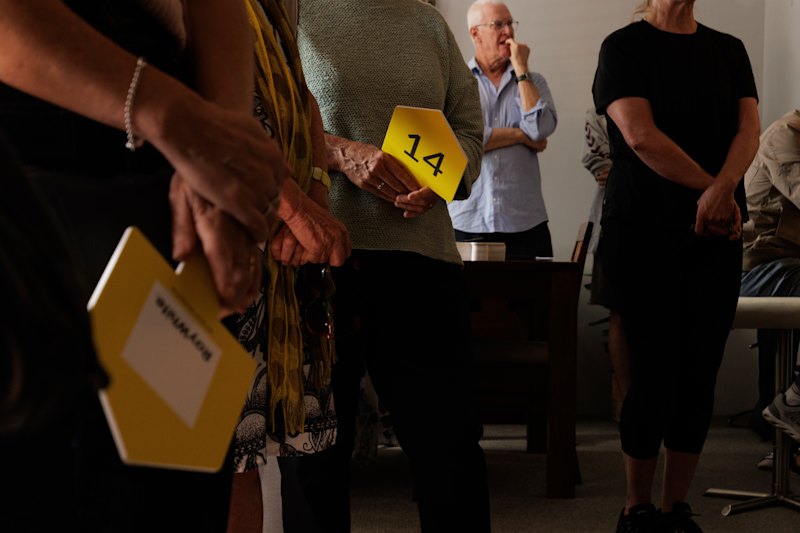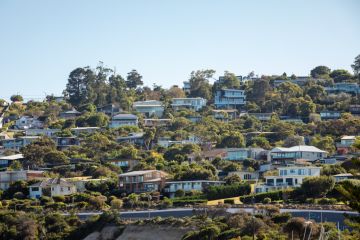Rentals more likely to give you the winter shivers
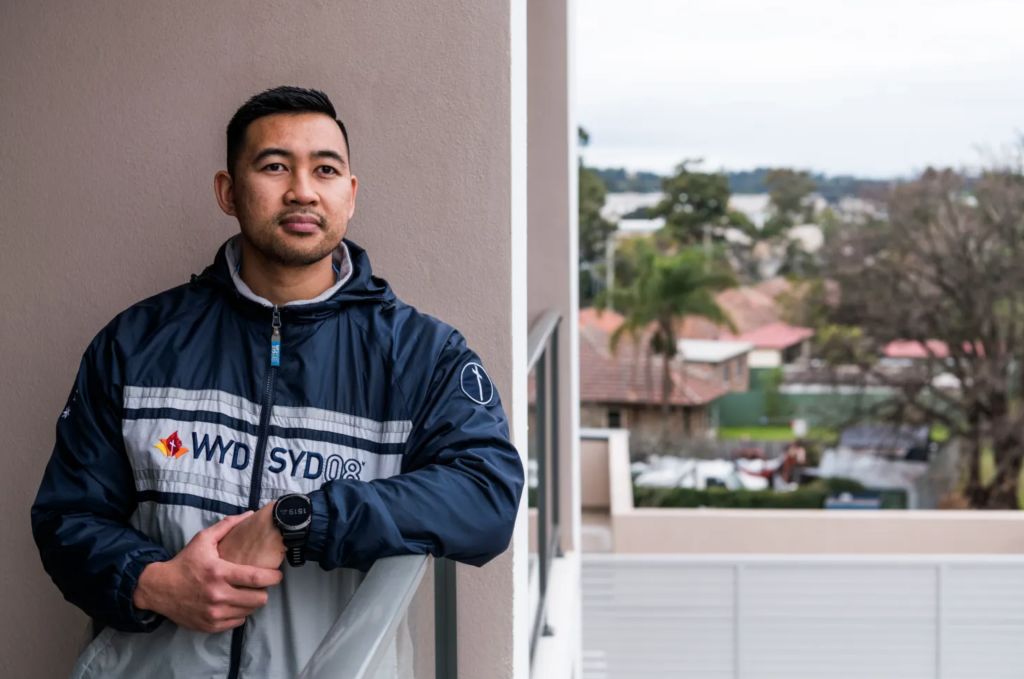
Temperatures in rental homes routinely plummeted below safe levels as Australia’s eastern states shivered through one of its coldest starts to winter this year.
Renters faced indoor temperatures below 18 degrees — the minimum recommended by the World Health Organisation — for 75 per cent of the time in June and July, a report from tenant advocacy organisation Better Renting shows.
And in a year in which record rainfall and flooding devastated parts of the country, humidity has also been above healthy levels in some states, contributing to mould problems.
Substandard homes had put the health of renters at risk, said Better Renting executive director Joel Dignam, and the problem had been made worse by rising energy costs.
“Many people are just cold all the time. There is this daily struggle to get warm, to worry about energy bills, to deal with mould,” Dignam said. “It has become normalised [but] we shouldn’t accept it as normal.”
Experts are calling for minimum energy efficiency standards for rental homes. Photo: Peter Rae
The findings are the result of a research project that tracked temperature and humidity levels in more than 70 rentals nationwide.
Indoor temperatures for rental homes in Tasmania were below 18 degrees more than 90 per cent of the time, dropping as low as 0.2 degrees in one rental property. Temperatures in NSW, Victoria, and the ACT were below safe levels more than 80 per cent of the time.
Homeowners in energy-efficient properties recorded temperatures below 18 degrees just 5 per cent of the time.
NSW also recorded the highest humidity: about 83 per cent of that state’s recordings were above the optimum relative humidity range of 40 to 60 per cent. South Australia, Western Australia and Tasmania were also above this range more than 70 per cent of the time.
Dignam said some tenants were skipping meals so they could afford heating while others were going without. Many of the homes were so substandard that even those who chose to run costly, inefficient heaters were still unable to get warm.
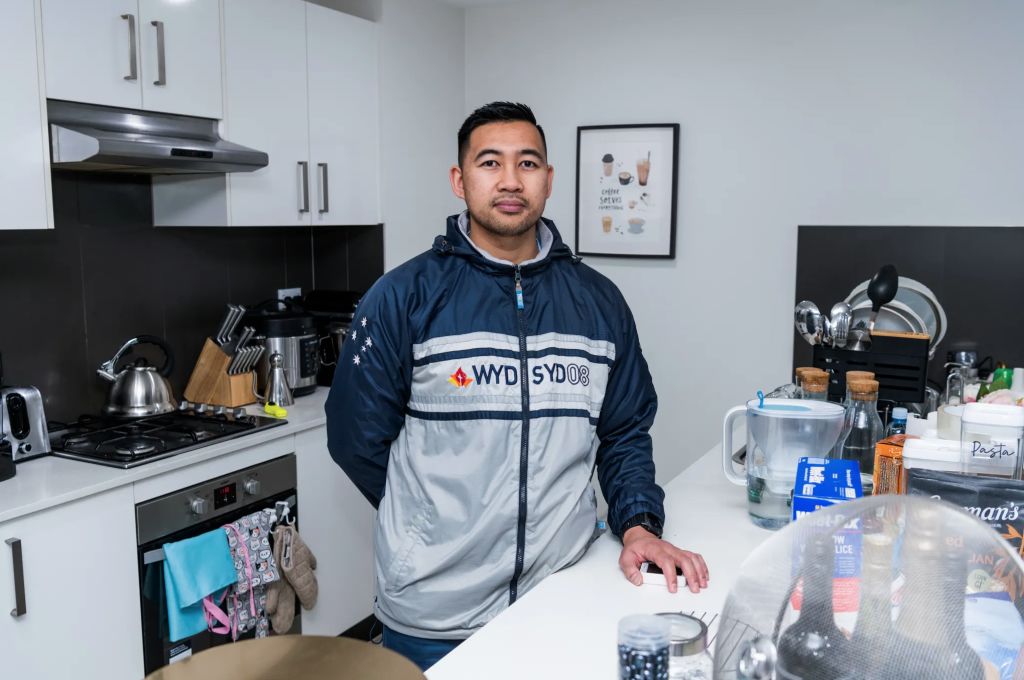
Renters also reported getting sick more often, Dignam said, pointing to the link between cold temperatures and higher blood pressure, reduced immunity, worse asthma symptoms, and a greater incidence of mental illness.
Better Renting is part of Healthy Homes for Renters, a national collaboration of more than 100 organisations calling for governments to implement minimum energy efficiency standards for rental homes.
“Governments are currently working on a framework for minimum rental requirements, and this could be a pivotal first step,” Dignam said.
However, stronger tenant protections were also needed, Dignam said, to ensure landlords met their obligations and that renters could raise a complaint, without fear of a retaliatory eviction or rent increase.
Increased income support payments for low-income households were also key to making it easier for people to afford energy costs, he said.
Such moves would be welcome news to renter Ian Epondulan, who has been layering up to keep warm in his western Sydney home, where temperatures dipped below 18 degrees almost a third of the time over the tracking period.
He uses a portable heater and air conditioning unit sparingly, due to increasing energy costs, and typically resorts to extra blankets and hot drinks to keep warm.
“In western Sydney, we’re facing the brunt of extreme weather, with extremely hot days in summer and cold days in winter,” he said.
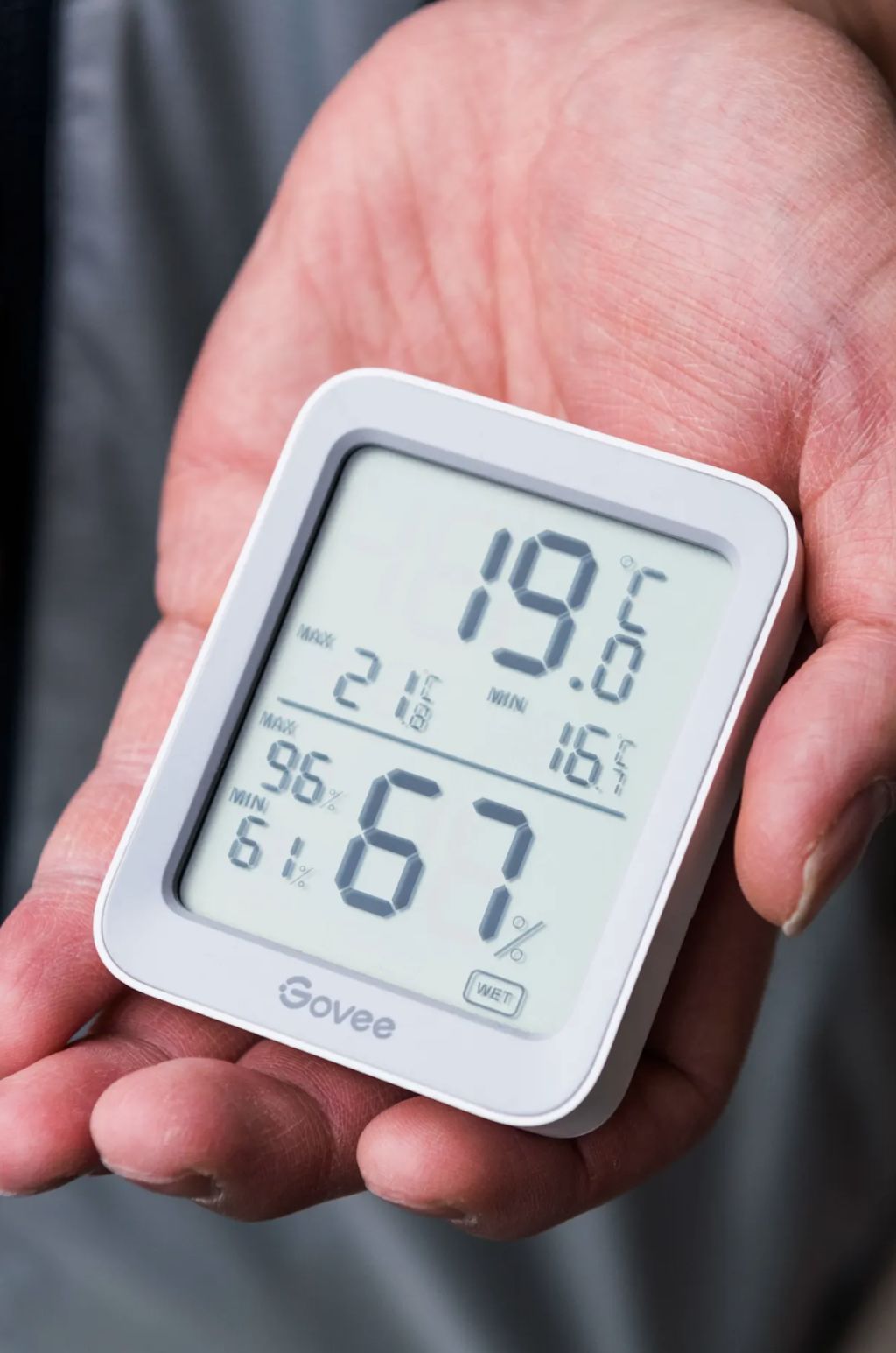
“[But] you have to make a choice: use the heater and then your bills go up super high, versus sacrificing other things.”
The cold has affected his sleep, and the presence of black mould in his Seven Hills unit made him anxious about air quality. It was only recently removed after several months of liaising with his property manager, and he knows others in his community, particularly migrants, have faced similar issues.
Epondulan wants governments to do more to make rental properties, and all new buildings, more energy efficient. Improving tenant rights was also important so that renters were able to speak up. Many are too scared to raise concerns with their landlord in such a competitive rental market
UNSW senior research fellow Dr Chris Martin backed calls for minimum energy efficiency standards and stronger tenant protections because effective enforcement of rights would occur only when tenants had better security.
Martin said minimum standards had been part of tenancy law reforms in recent years, but they were mostly focused on the bare minimum to make a home habitable, and more needed to be done. Victoria had gone the hardest of all states, ruling that all rentals have needed to have a fixed heater since 2021, and an energy-efficient heater by next year.
While some landlords bemoan calls for better rental standards, and say they will sell up if such changes occur, Martin was not concerned.
“To any landlords who say they can’t hack that and will leave … we should be saying ‘good’,” he said. “We are driving out the exploiters and the incompetent and making rental housing better and leaving more space for people to own their own homes, and for the non-profit rental housing providers.”
Renters and Housing Union secretary Eirene Tsolidis Noyce said more tenants were unable to afford heating, due to rising energy costs and rents, and many were living in cold or hazardous homes with mould issues.
Tsolidis Noyce said improved standards, such as those in Victoria, were only as good as the enforcement. The union was still helping tenants push for required upgrades to be made, and further rental protections were needed, so renters felt safe to raise issues.
The union wanted further energy efficiency measures adopted, she said. However, there was concern that without adequate protections, landlords would use upgrades as an excuse to evict tenants, or issue rent rises.
We recommend
States
Capital Cities
Capital Cities - Rentals
Popular Areas
Allhomes
More

